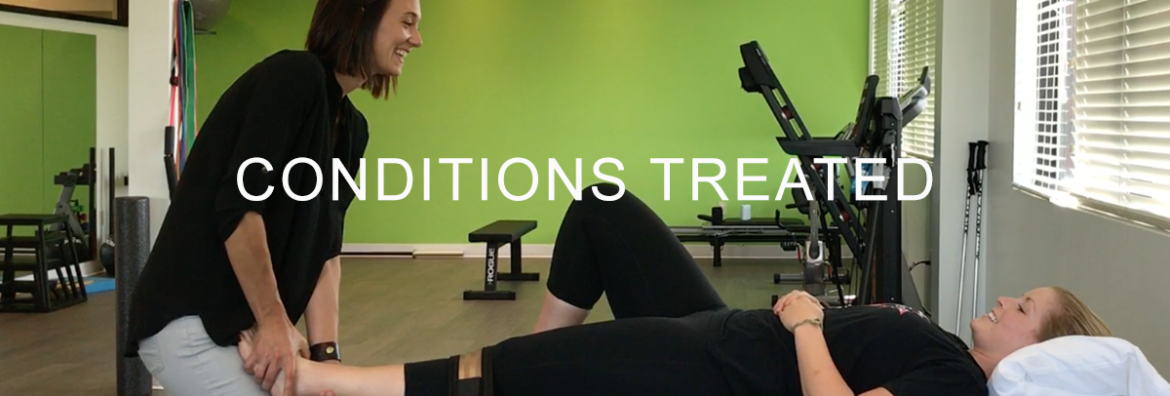
Conditions Treated
If it’s a partial dislocation, you can move your bone back into place without much difficulty or concern of severe injury. However, if it is a full dislocation, you may have suffered muscle and/ or ligament damage. A full dislocation will cause your humerus to rest out of normal resting position causing your muscles and ligaments to be distended. Moving your bone back in place will help the pain subside, but you’ll need to see a medical professional to understand the damage in your shoulder region. Physical therapy treatment should begin sooner rather than later but is largely dependent on your provider and recovery goals. If you have recurrent shoulder instability or a rotator cuff tear, surgery may be required prior to starting physical therapy. Shoulder dislocations can prevented with the help of a physical therapist who can help you gain proper shoulder stability and muscle strength around the shoulder blade, joint and capsule.
A physical therapist can also help identify extrinsic risk factors for falls that can be related to balance disorders, and help to develop strategies to create a safer environment. These strategies may include how to examine your environment for loose cords or rugs, which can cause threats, and ensuring your home has adequate lighting and space. The PT may also address techniques for focusing while in crowded spaces as this situation increases likelihood of falls.